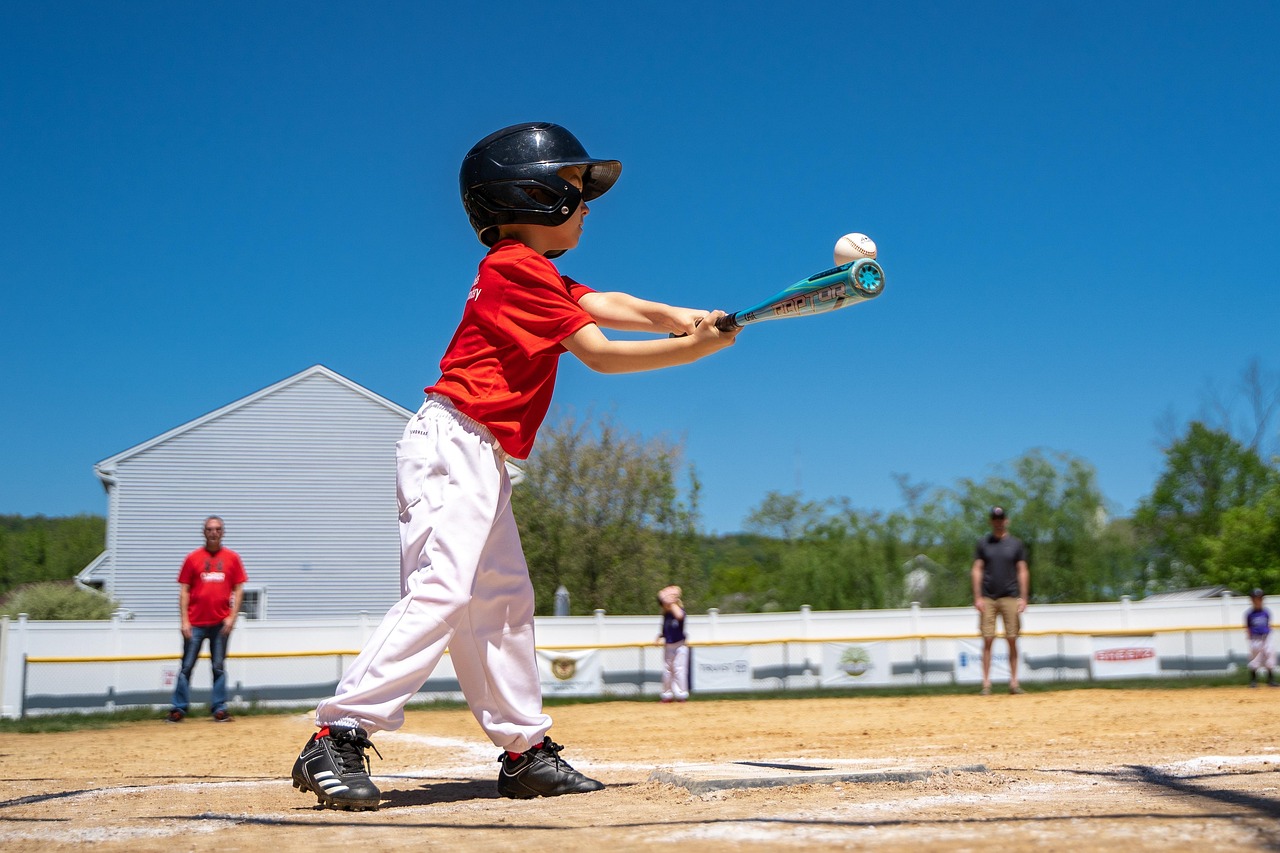A custom bat is a baseball or softball bat specifically designed to meet the unique preferences and needs of the player. It can be tailored in terms of length, weight, material, and grip, providing better comfort and potentially improving performance. Choosing a custom bat allows players to optimize their swing by matching the bat’s specifications to their style and physical attributes.
Many players find off-the-shelf bats limiting because they do not account for personal differences in strength, hitting style, or league requirements. A custom bat offers options such as balanced or end-loaded weight distribution and various handle types to enhance control and power. This customization helps athletes gain confidence at the plate through improved equipment fit.
Designing Your Custom Bat
Creating a custom bat involves selecting the right materials, determining proper dimensions, and choosing personalized finishes. These factors affect the bat’s performance, weight, and aesthetics.
Material Selection
The choice of material directly influences the bat’s durability and feel. Wood bats are traditional and offer a solid, natural swing but vary by wood type—maple provides hardness and weight, while ash offers flexibility and lighter weight.
Aluminum bats are lightweight, durable, and generate faster swing speeds. Composite bats mix materials to balance strength and weight, often enhancing pop and reducing vibration.
Each material suits different playing levels and preferences. For example, wood is mandated in professional leagues, whereas aluminum or composite are common in amateur play. Understanding the pros and cons of each material helps optimize batting performance.
Choosing the Right Dimensions
Length and weight are crucial to bat performance. Length typically ranges from 26 to 34 inches, affecting reach and swing arc.
Weight is measured by drop weight (length minus weight in ounces). A lower drop weight means a heavier bat. Players select drop weights based on strength and control needs.
Grip diameter and handle thickness also matter. Thinner handles offer better control, while thicker handles provide more power but may reduce maneuverability.
Customizing dimensions should match a player’s age, league rules, and batting style to maximize comfort and efficiency.
Personalized Finishes and Graphics
Finish options vary from clear coats that highlight the wood grain to colored paints for a bold look. High-quality finishes protect the bat from moisture and damage.
Graphics can include player names, logos, numbers, or custom artwork. These are typically applied through laser engraving or durable decals to maintain appearance despite use.
Custom finishes and graphics are not only aesthetic but also serve to identify equipment quickly during games. Selecting finishes that resist wear maintains the bat’s look over time.
Ordering and Using a Custom Bat
Choosing a custom bat involves selecting specific features, understanding costs, and knowing how to properly maintain the finished product. The process varies by manufacturer and typically requires attention to detail and communication.
Working With Manufacturers
Most manufacturers offer an online design interface or one-on-one consultations to capture exact measurements and preferences. Customers must provide information like length, weight, handle type, barrel size, and wood or alloy choice.
Pro teams and experienced players often request added features such as engraved initials, grip styles, or balance points. Delivery usually takes several weeks, depending on the complexity of the design and the manufacturer’s workload.
Clear communication about intended use and player style helps avoid errors. It is common to receive progress updates or proofs before final production.
Customization Costs and Turnaround Times
Custom bats generally cost 30-50% more than standard models due to labor and materials. Prices range from $150 to over $400 based on wood quality, design complexity, and additional features.
Turnaround time varies but typically falls between 3 to 8 weeks. Faster services may be available for an added fee. Delays can occur due to supply shortages or seasonal demand.
Payment often requires an upfront deposit with the balance due on delivery or before shipping. Some companies offer warranties covering defects but not wear from use.
Care and Maintenance Tips
Proper care extends the life of a custom bat and preserves performance. Players should store bats in climate-controlled environments to prevent warping or cracking.
Regularly inspecting for dents, cracks, or loose grips can prevent further damage. Cleaning with a dry cloth and avoiding harsh chemicals protects the finish.
Using a bat sleeve or case during transport reduces impact damage. Avoiding excessive swinging against hard surfaces helps maintain structural integrity.


Leave a Reply